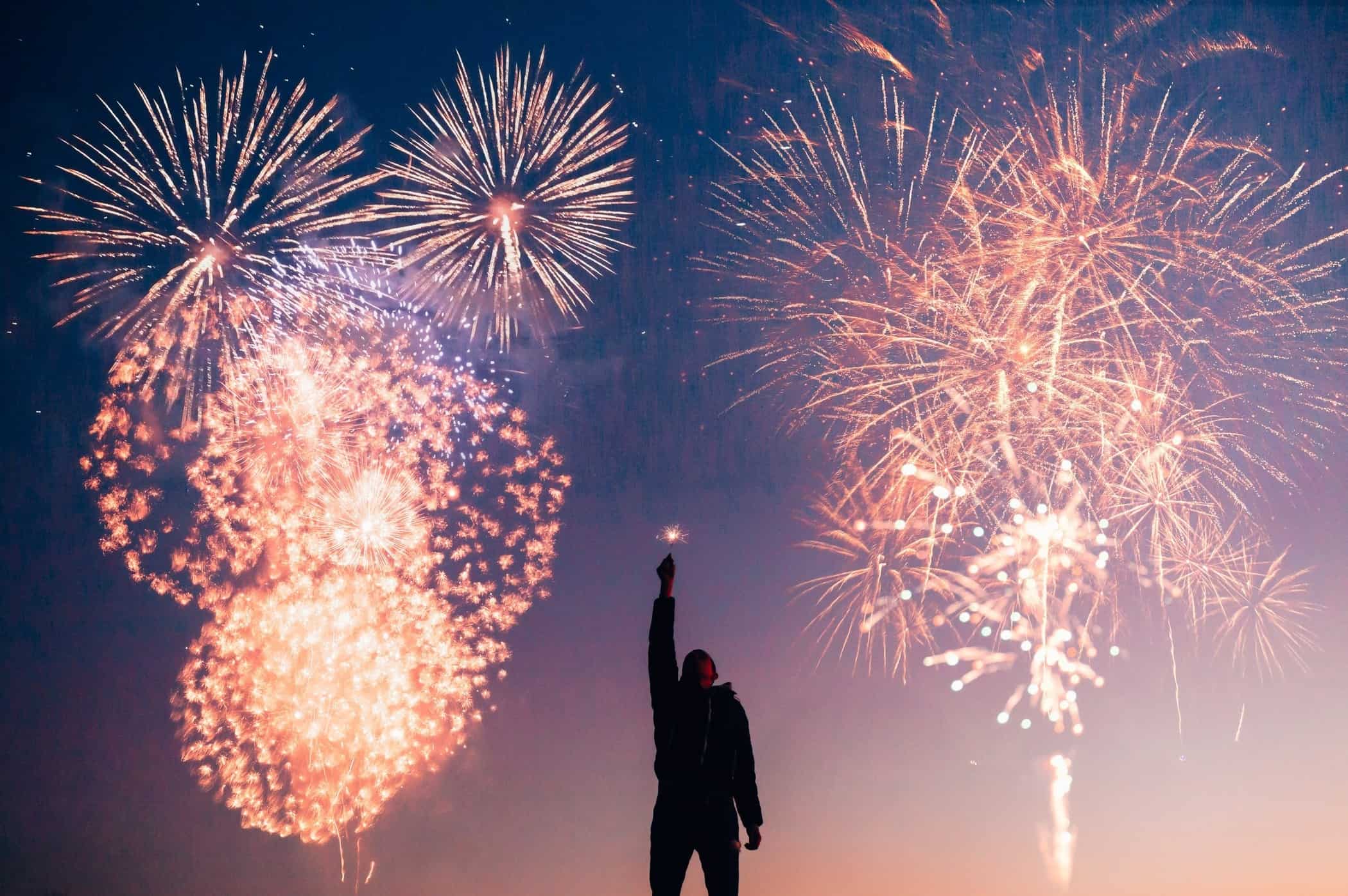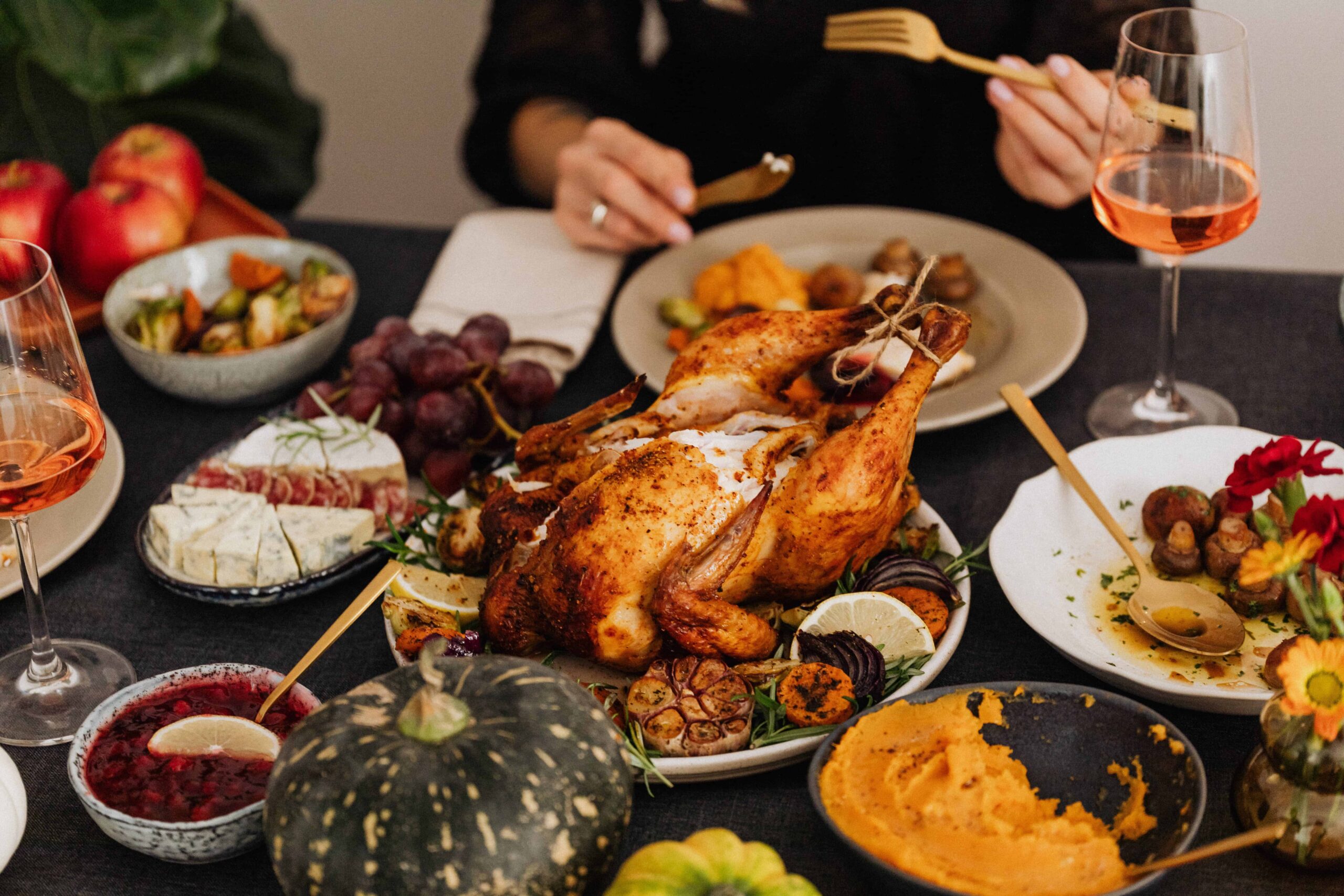No, I’m not talking about the crusty tent people who routinely shoplift from the store, but a cluster of life-like skeletons crowding aisle 21. On either side, stock boys were diligently putting up a variety of spooky decorations… in August. There’s no doubt that Halloween gives all the other holidays a literal run for their money, but just what kind of numbers go into making it such a financial monster? And how close is Halloween to taking down Christmas as America’s #1 holiday when it comes to spending? The answer may truly spook you…
But first, long before it became a drunken PC nightmare haunted by tone-deaf cultural appropriation and disturbingly hyper-sexual tendencies, Halloween was based on actual superstition…
2,000
Approximately how many years ago that this whole thing started as an ancient Celtic festival called Samhain on November 1st – which marked the end of summer and the bountiful harvest and the beginning of the dark, dead, miserable winter. Celts believed that on the night before this new year, the boundary between the worlds of the living and the dead became blurred, so naturally, they would light bonfires and wear costumes to ward off ghosts. Some historical documents mention six days of drinking alcohol to excess were involved, so in this regard, some things never change.
$400 MILLION
Amount Americans spend on Halloween greeting cards. Which is odd because who literally sends a Happy Halloween card to anyone, like, ever?
$575 MILLION
Amount Americans spend on Halloween pumpkins.
$600 MILLION
Speaking of pumpkins, this is the amount basic bitches a predominantly female demographic spend on pumpkin spiced everything.
$2.6 BILLION
Amount Americans spent on Halloween candy. Among the most popular brands we consume, Reese’s Peanut Butter Cups come in first place, while literally nobody’s favorite, Mary Janes, comes in dead last. I don’t even know what that is, so it must be true.
$2.7 BILLION
Amount Americans spend on Halloween decor for their homes.
$3.2 BILLION
The most expensive part of Halloween is costumes. In fact, more people (especially Millennials) are even buying costumes for their pets – 20% currently do so, up from 16% in 2017.
$9 BILLION
Total spending for Halloween in the US in 2018. So, how does it stack up against Christmas for generating the most consumer spending? According to 2016 data:
· Winter holidays: $626.1 billion
· Back-to-school season: $68 billion
· Valentine’s Day: $19.7 billion
· Easter: $16.4 billion
· Super Bowl: $15.5 billion
· Father’s Day: $12.7 billion
· Halloween: $6.9 billion
· St. Patrick’s Day: $4.4 billion
Yeesh! Halloween doesn’t even come CLOSE! Easter? The Super Bowl?? Back-to-school??? Even with an approximate $2 billion increase from 2016–2018, that’s still hundreds of millions off from Thanksgiving, Christmas and New Years combined. Well, surely Halloween has to be numero uno in candy sales, at the very least – right?? Eh, not quite. This distinction goes to Easter: in 2015, Americans bought $823 million in creme-filled eggs, chocolate rabbits and colored marshmallow Peeps, according to Nielsen data – narrowly beating out Halloween as the most lucrative week of the year for candy retailers.
Well okay then. It turns out Halloween is more of a trick than a treat when it comes to generating sales compared to other holidays – but that doesn’t mean brands can’t find ways to optimize the season to their advantage. A few tricks to consider:
· SLASH PRICES – This is a zombie no-brainer, but offering thematic deals and discounts with a sense of urgency will motivate customers into making purchases before it’s too late.
· UNLEASH MONSTERS – From Dracula to Frankenstein, there are plenty of non-copyrighted characters associated with the holiday that you can use in your original content. The inclusion of well-known characters has been found to increase engagement on social media networks as much as 585%.
· CONJURE CONTENT – An effective way to get your audience chatting is to ask them about their Halloween plans. Whether you’re calling for photos of costumes, or images of their Jack-O-Lantern, inviting your audience to share their custom content in a Halloween-themed contest can lead to a 300% increase in website traffic.
· GET INTO THE SPIRIT – Chances are, your brand has little to do with Halloween, but that doesn’t mean you can’t change your website or logo for the occasion, create a limited amount of themed products, or have your team dress up in costumes (whether your interact directly with customers, or just post to your social channels). The more fun you have with it, the more customers will be attracted to whatever you’re selling.
Wow, that was some pretty clever bullet copy if I do say so myself. So that wraps up this highly educational breakdown of Halloween by the numbers. We hope you enjoyed it, learned a thing or two, and didn’t get too scared. And remember to celebrate this pagan ritual like the responsible adults you are.


